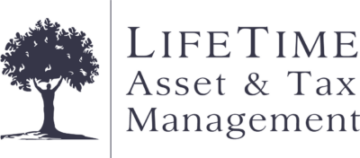The Required Minimum Distribution (RMD) is a concept in the U.S. retirement system that mandates individuals to withdraw a minimum amount from their retirement accounts annually, starting at a specific age. The rules surrounding RMDs are crucial to understand for individuals with retirement accounts such as IRAs (Individual Retirement Accounts) and employer-sponsored retirement plans, like 401(k)s.
How to Avoid Common Errors with Your RMD
When it comes to their retirement accounts, many investors often fail to think about required minimum distributions (RMDs). That oversight can lead to unnecessary tax burdens and other financial issues. In order to handle RMDs effectively, an understanding of the rules—and common errors people make—can be beneficial. Read more here. >
Using Qualified Charitable Donations (QCDs) with RMDs
A qualified charitable distribution (QCD) is a payment made directly from an IRA to a charitable organization. To help you understand the ins and outs of this strategy, we’ve summarized the rules and best practices in this article. Read more here. >
RMDs and Your Tax Planning in Retirement
As baby boomers retire and life expectancy increases, tax planning for retirement is becoming increasingly important. One way to maximize tax savings in retirement is through targeted strategies with your RMD. Read more here. >
We hope you find these articles informative and helpful as you think about strategies on how to take your RMDs. If you have any questions regarding these topics or would like discuss your financial situation, feel free to contact us or speak with any of our financial advisors. We’re here to help!




